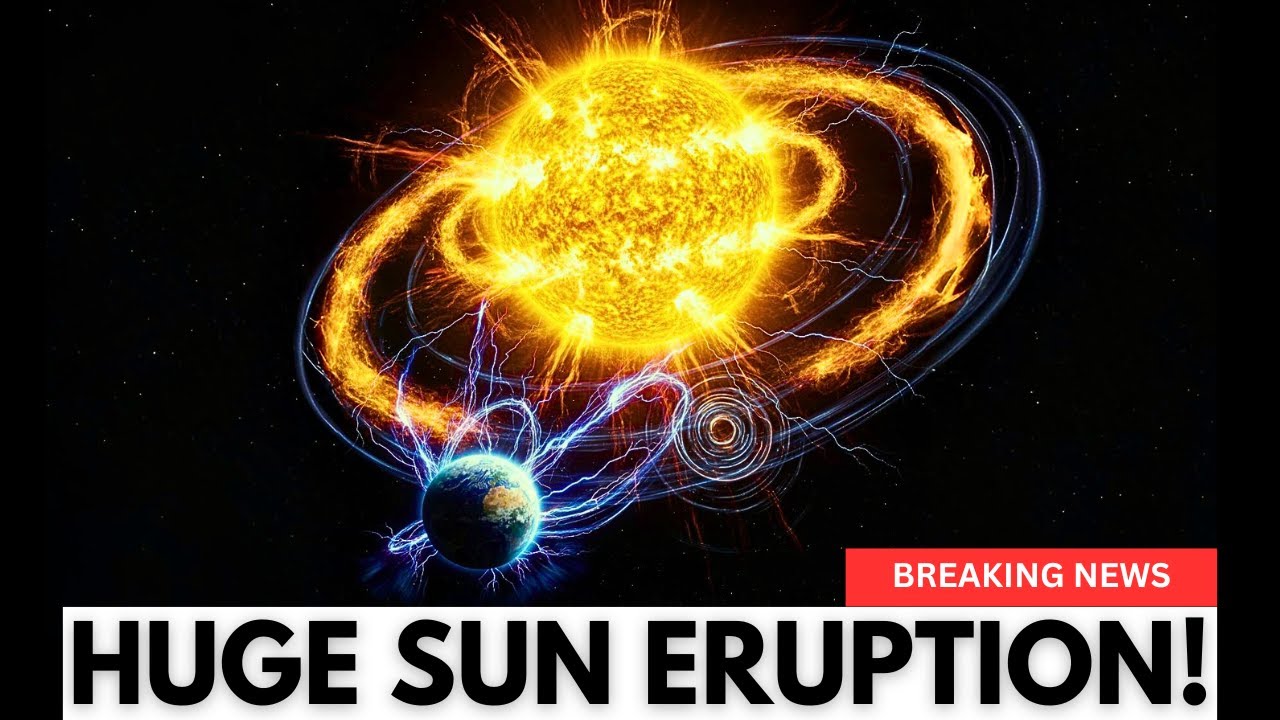Scientists have long struggled to explain why Venus’s atmosphere moves so quickly, with winds racing around the planet far faster than its own...
Vous n'êtes pas connecté
- English
- Français
- عربي
- Español
- Deutsch
- Português
- русский язык
- Català
- Italiano
- Nederlands, Vlaams
- Norsk
- فارسی
- বাংলা
- اردو
- Azərbaycan dili
- Bahasa Indonesia
- Հայերեն
- Ελληνικά
- Bosanski jezik
- українська мова
- Íslenska
- Türkmen, Түркмен
- Türkçe
- Shqip
- Eesti keel
- magyar
- Қазақ тілі
- Kalaallisut ; kalaallit oqaasii
- Lietuvių kalba
- Latviešu valoda
- македонски јазик
- Монгол
- Bahasa Melayu ; بهاس ملايو
- ဗမာစာ
- Slovenščina
- тоҷикӣ ; toğikī ; تاجیکی
- ไทย
- O'zbek ; Ўзбек ; أۇزبېك
- Tiếng Việt
- ភាសាខ្មែរ
- རྫོང་ཁ
- Soomaaliga ; af Soomaali
 Maroc - KNOWRIDGE.COM - A La Une - 14/12/2024 14:18
Maroc - KNOWRIDGE.COM - A La Une - 14/12/2024 14:18
Scientists discover sun-like stars produce superflares every 100 years
The sun, our temperamental star, is known for its powerful solar storms. These storms can cause dazzling auroras and even disrupt technology on Earth. But could the sun produce even more extreme outbursts? A new study suggests it’s possible and that stars similar to our sun may release superflares—enormous bursts of energy—roughly once every century. […]
Articles similaires
NASA SHOCKED! Six Massive Solar Eruptions Hit Earth!
In November 2025, the Sun unleashed an unprecedented sequence of X-class solar flares — six powerful eruptions in just ten[...]
NASA SHOCKED! Six Massive Solar Eruptions Hit Earth!
In November 2025, the Sun unleashed an unprecedented sequence of X-class solar flares — six powerful eruptions in just ten[...]
A New Look At TRAPPIST-1e, An Earth-Sized, Habitable-Zone Exoplanet
Of the seven Earth-sized worlds orbiting the red dwarf star TRAPPIST-1, one planet in particular has attracted the attention of scientists, because...
Scientists discover what really powers Venus’s wild, planet-encircling winds
Imagine storms fiercer than the strongest hurricanes on Earth, blowing nonstop all the way around an entire planet. This is exactly what happens on...
Scientists discover what really powers Venus’s wild, planet-encircling winds
Imagine storms fiercer than the strongest hurricanes on Earth, blowing nonstop all the way around an entire planet. This is exactly what happens on...
Earth is emitting mysterious radiation after sunset and scientists cannot explain why
When the Sun slips below the horizon and night begins, something unexpected appears high above our planet. Space scientists have discovered a strange...
Earth is emitting mysterious radiation after sunset and scientists cannot explain why
When the Sun slips below the horizon and night begins, something unexpected appears high above our planet. Space scientists have discovered a strange...
Earth’s Protective Plasma Layer Crushed by Solar Super-Storm
A super-charged solar storm known as the “Gannon event” forced the Earth’s plasmasphere—a doughnut-shaped shell of charged particles that...
Les derniers communiqués
-
Evergreen Elevate Heads to Australia to Empower MSPs with Valuable Strategies and Insights on Better M&A Practices
Evergreen Elevate - 29/07/2025


